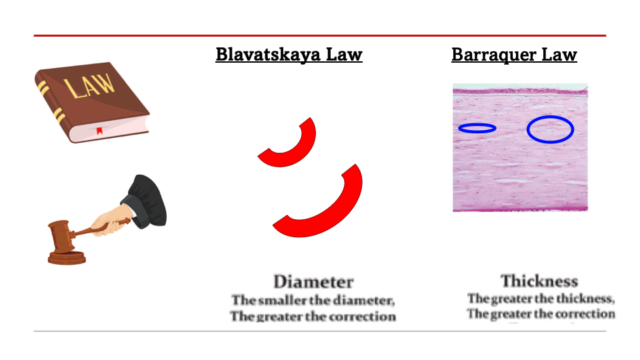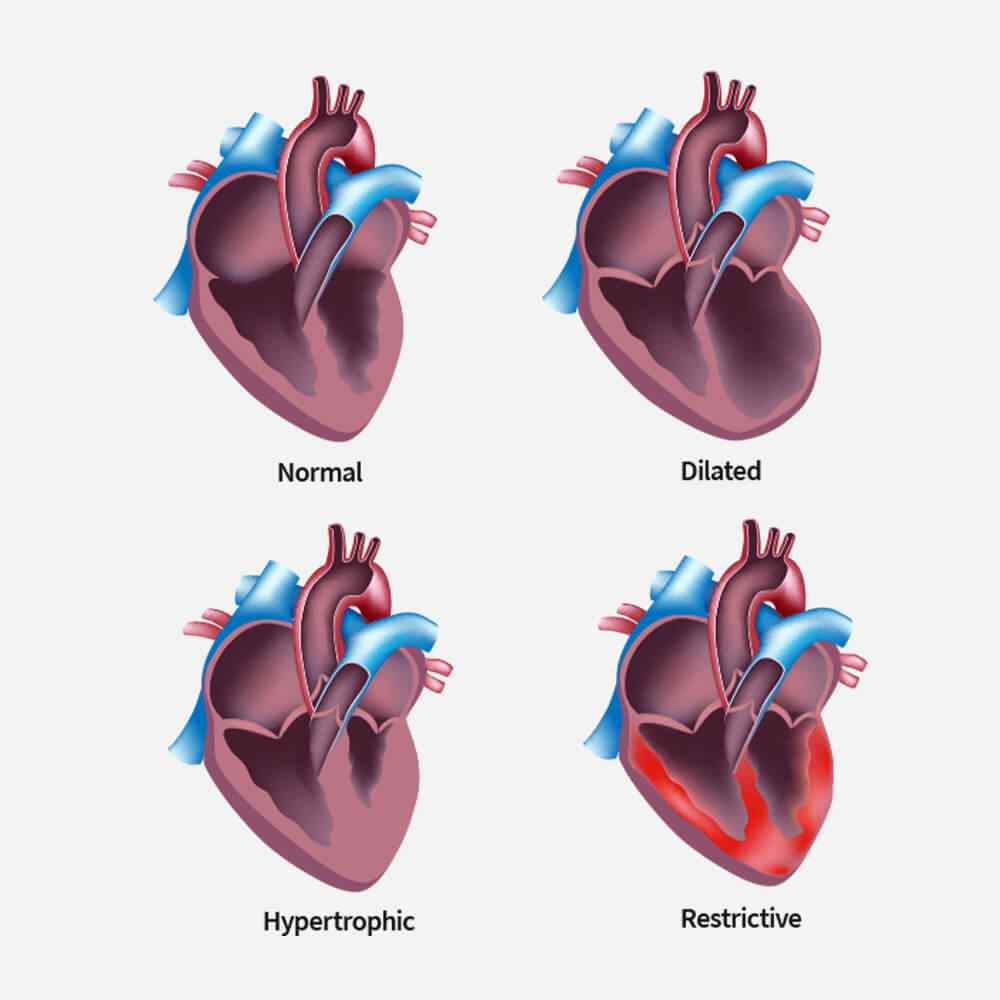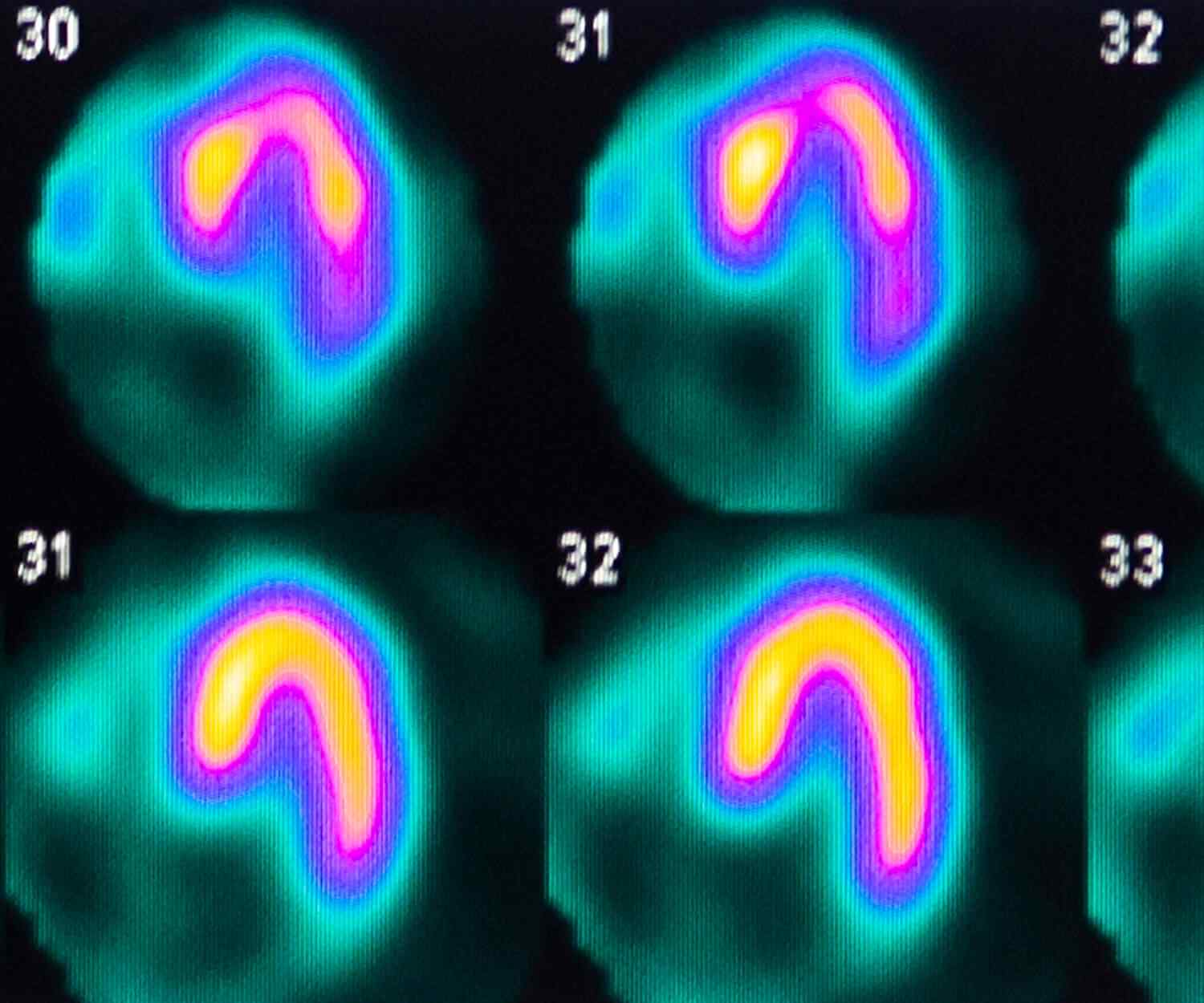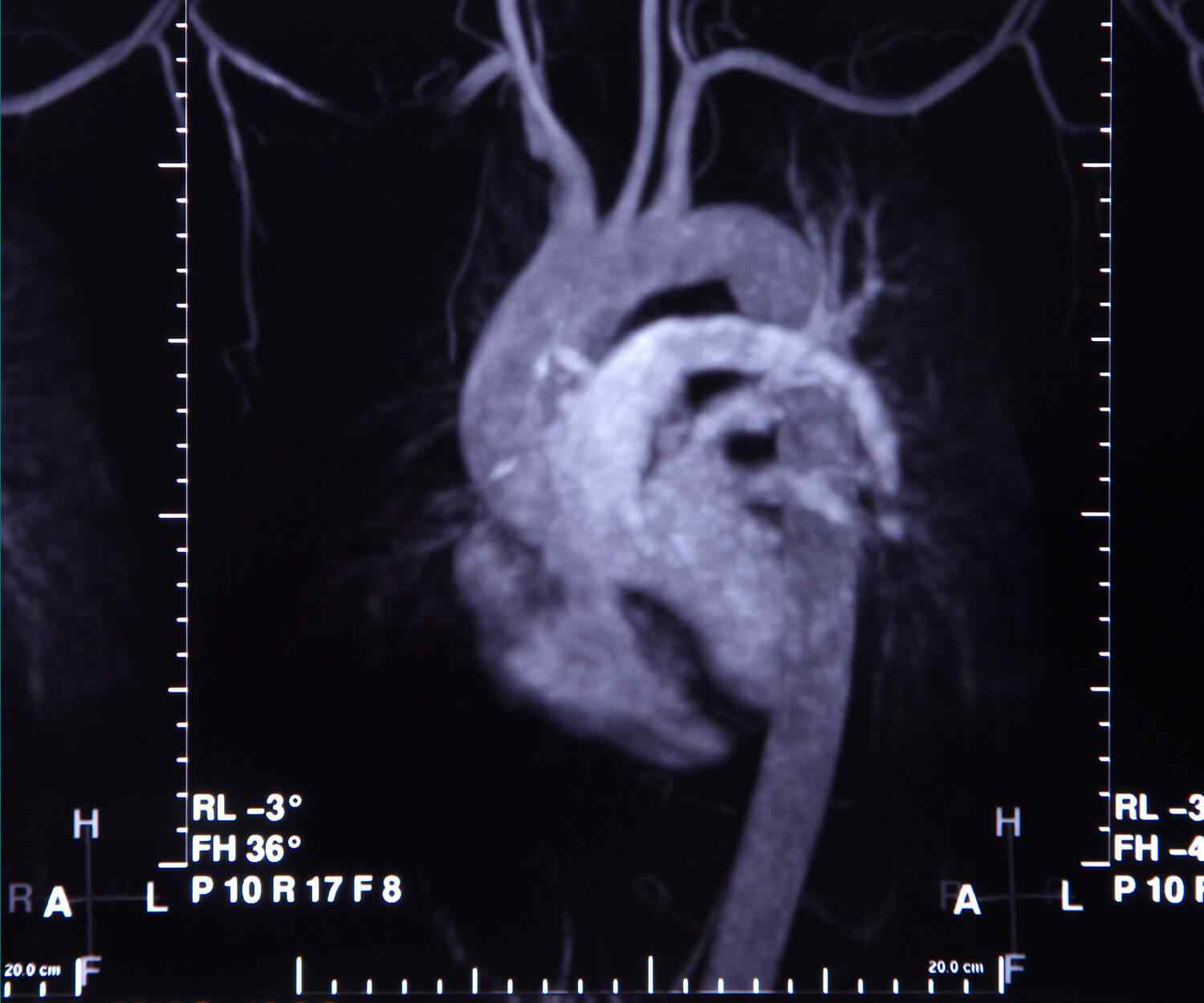Why Istanbul Nomogram
The Significance of the Istanbul Nomogram for KeraNatural CAIRS: Advancements in Corneal Biomechanics and Treatment Strategies
Evolution of Treatment Strategies:
Traditionally, corneal surgery adhered to established principles such as the Blavatska and Barraquer rules, which provided guidelines for procedures involving intracorneal ring segments. However, advancements in understanding corneal biomechanics, coupled with insights gained from extensive clinical experience, necessitated a paradigm shift in treatment strategies.


Incorporating Corneal Biomechanics:
Associate Professor Aylin Kılıç recognized the intrinsic differences between PMMA biosynthetic rings and corneal human collagen, prompting a reevaluation of treatment protocols. Through meticulous research and observation, Dr. Kılıç elucidated the critical relationship between superficial channel depth, tissue thickness, and corneal flattening effects.
Introduction of the Istanbul Nomogram:
Key Principles of the Istanbul Nomogram:
1. Individualized Treatment Planning:
The Istanbul Nomogram recognizes the unique characteristics of each patient’s cornea, allowing for individualized treatment planning based on comprehensive preoperative assessments.
2. Optimization of Corneal Effect:
By strategically manipulating superficial channel depth and tissue thickness, the Istanbul Nomogram optimizes corneal flattening effects, thereby enhancing visual outcomes for KeraNatural CAIRS patients.
3. Enhanced Safety Profile:
Incorporating precise corneal incision parameters minimizes the risk of intraoperative complications, ensuring a safe and efficient surgical experience for both patients and surgeons.
Clinical Implications and Future Directions:
The Istanbul Nomogram represents a significant milestone in the evolution of corneal surgery, setting a new standard for precision and efficacy in the treatment of keratoconus and related corneal disorders. As the first nomogram of its kind, its scientific and academic validation underscores its importance in guiding clinical practice and advancing our understanding of corneal biomechanics.
Conclusion:
The Istanbul Nomogram stands as a testament to the innovative spirit and dedication of Associate Professor Aylin Kılıç, offering a transformative approach to corneal surgery with the KeraNatural CAIRS procedure. By integrating cutting-edge research with clinical expertise, the Istanbul Nomogram paves the way for improved outcomes and enhanced quality of life for patients worldwide.

Types of Cardiomyopathy
Restrictive cardiomyopathy is a condition where your ventricles do not thicken, yet they still become stiff and rigid and cannot pump blood effectively.
In this type of cardiomyopathy, the pumping ability of your heart’s main pumping chamber — the left ventricle — becomes enlarged (dilated) and can’t effectively pump blood out of the heart.
This type involves abnormal thickening of your heart muscle, which makes it harder for the heart to work. It mostly affects the muscle of your heart’s main pumping chamber (left ventricle).
In this rare type of cardiomyopathy, the muscle in the lower right heart chamber (right ventricle) is replaced by scar tissue, which can lead to heart rhythm problems. It’s often caused by genetic mutations.
Related TreatmentAngioplasty
Angioplasty uses a tiny balloon catheter that is inserted in a blocked blood vessel to help widen it and improve blood flow to your heart. Angioplasty is often combined with the placement of a small wire mesh tube called a stent. The stent helps prop the artery open, decreasing its chance of narrowing again.


